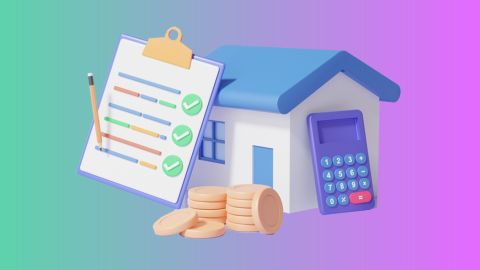Land measurement in Assam is deeply rooted in its history, with traditional methods still influencing modern practices. Given the importance of land in agricultural and residential uses, accurate measurement is essential. Assam's unique geographical features, including its vast plains and hilly terrains, add complexity to land measurement, making it imperative to use the right tools and techniques.
Importance of land measurement
Land measurement is not just a technical task; it is crucial for legal and financial reasons. Accurate measurement ensures proper land ownership records, helps in resolving disputes, and is necessary for calculating land taxes and loans. For instance, when applying for a Loan Against Property with Bajaj Finance, the precise measurement of your land can influence the loan amount and terms.Historical context of land measurement in Assam
Historically, land measurement in Assam was influenced by local customs and practices. The traditional units like bigha, katha, and lecha have been in use for centuries. The British colonial period introduced standardised measurement systems, but the traditional units are still prevalent, especially in rural areas. Understanding this historical context is essential for anyone dealing with land in Assam.Traditional methods of land measurement
In Assam, traditional land measurement methods are still in practice, particularly in rural areas. These methods include the use of physical markers like stones and trees, along with traditional units such as bigha and katha. Although these methods are simple, they are often less accurate, leading to potential disputes. However, they hold cultural significance and are a testament to Assam’s rich heritage.Modern techniques of land measurement
With advancements in technology, modern land measurement techniques have been adopted in Assam. These include GPS-based systems, electronic theodolites, and total stations, which provide more accurate and reliable measurements. These methods are particularly useful in urban areas and for large-scale land transactions. For those looking to maximise the value of their property, understanding these modern techniques is crucial, especially when applying for a Loan Against Property.Tools used in land measurement
- Measuring tape: A basic tool for small land parcels.
- GPS devices: Provide accurate geographic coordinates.
- Theodolites: Measure horizontal and vertical angles.
- Total stations: Combine electronic distance measurement and theodolites.
- Drone surveying: Offers aerial views for large land areas.
Steps in land measurement:
- Preparation: Gather the necessary tools and obtain land records.
- Mark boundaries: Use physical markers to define the land area.
- Measurement: Use appropriate tools (GPS, theodolites) to measure the land.
- Record keeping: Document the measurements and create maps.
- Verification: Cross-check measurements with official records.
Common land measurement units in Assam
| Unit | Equivalent |
| 1 Bigha | 14,400 square feet (approx.) |
| 1 Katha | 2,880 square feet (approx.) |
| 1 Lecha | 144 square feet (approx.) |
| 1 Acre | 43,560 square feet |
Conversion table for land measurement units
| Unit | Bigha | Katha |
| 1 Bigha | 1 | 5 |
| 1 Katha | 0.2 | 1 |
| 1 Lecha | 0.01 | 0.05 |
Understanding land measurement in Assam is vital for property transactions and ensuring the accuracy of land records. With a blend of traditional methods and modern techniques, land measurement remains an essential practice in the state. Whether you are a landowner or planning to apply for a Loan Against Property, having precise land measurements can make a significant difference in your dealings.




